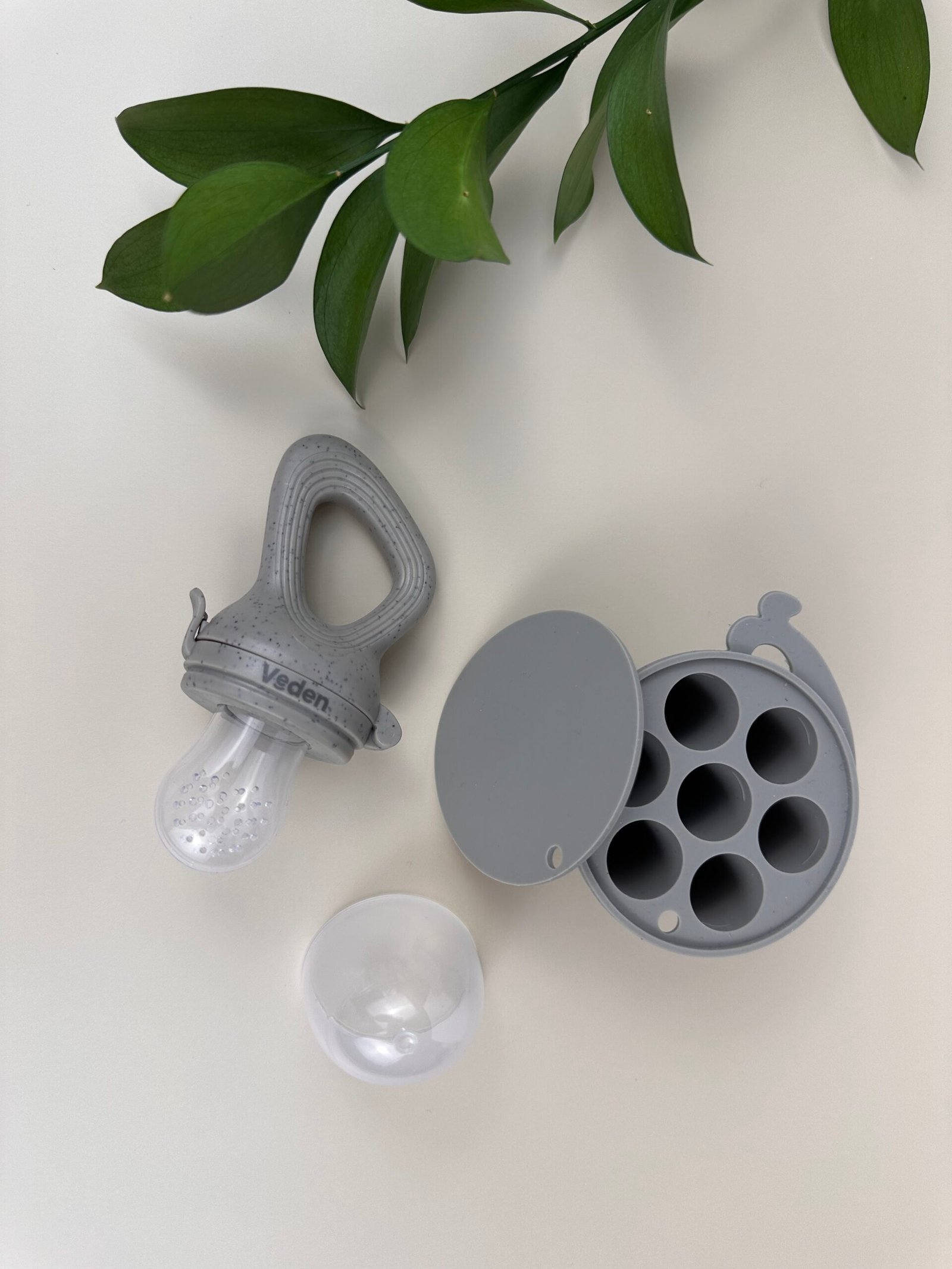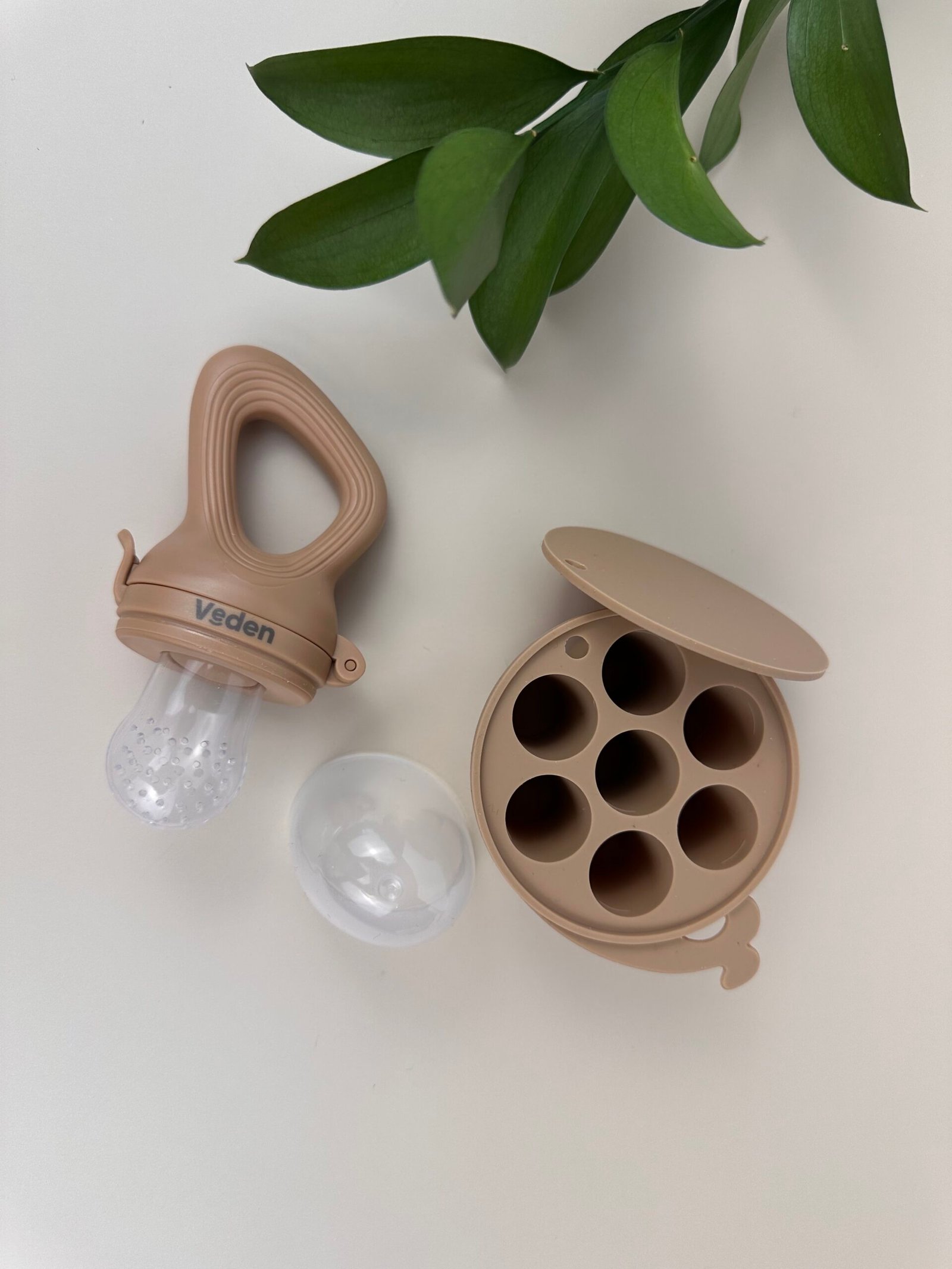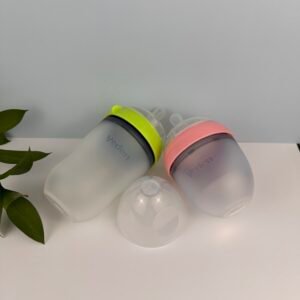What is a Baby Pacifier and What is It Used For?
The pacifier, also known as a soother, is a device designed to simulate the mother’s nipple, providing babies with a source of suction and comfort. Generally made of safe materials, its design includes a nipple that facilitates sucking and a base that holds it in place, preventing the baby from easily letting go of it. This product has proven to be a valuable ally for parents, especially in times of crying or discomfort.
Its main function is to calm the baby’s crying, providing a sense of security and tranquility. During the first months of life, babies have a natural sucking instinct, even if they are not hungry. This is where the pacifier becomes an effective tool; by allowing the baby to suck, their anxiety is reduced and a calmer environment is promoted for both the child and the parents. This is particularly beneficial in stressful situations, where managing crying becomes essential for family well-being.
Additionally, pacifiers can offer other significant benefits. During teething, for example, pacifier use can help relieve discomfort in a baby’s gums, providing a cooling and soothing sensation. There are different types of pacifiers on the market; some are suitable for refrigeration, allowing parents to prepare them with breast milk, formula, gelatin or fruit. This option not only improves the baby’s experience, but also provides additional satisfaction during this uncomfortable process.
Quality and Safety in Choosing a Pacifier
Choosing a suitable pacifier is essential to ensure the health and safety of babies. Firstly, it is vital to select a high-quality product that does not contain small parts that may pose a choking risk, nor harmful substances that may compromise the child’s well-being. When purchasing a pacifier, parents should pay attention to different aspects that ensure the quality of the product.
One of the main components to consider is the material from which the pacifier is made. Silicone is one of the most popular and recommended materials, as it is durable, BPA-free, and does not retain odors or colors. In addition, its soft surface is ideal for a baby’s delicate skin, minimizing the possibility of irritation. Other materials, such as latex, may be more susceptible to degradation over time, which can affect the safety of the pacifier.
When selecting a pacifier, parents should also look for safety certifications, which ensure that the product complies with established regulations and standards. These types of certifications, such as those granted by child health and safety organizations, are indicative that the pacifier has been reviewed and tested to ensure that it is safe for use by babies. In addition, it is advisable to follow the recommendations of pediatric experts and consult opinions of other parents, to make informed decisions.
Finally, it is essential to remember that, as the baby grows, his needs change. Therefore, one should be attentive to the characteristics of the pacifier, such as its size and design, to ensure that it remains appropriate as the child develops. Taking the time to choose a quality, safe pacifier is an investment in your baby’s health and well-being.







Valoraciones
No hay valoraciones aún.